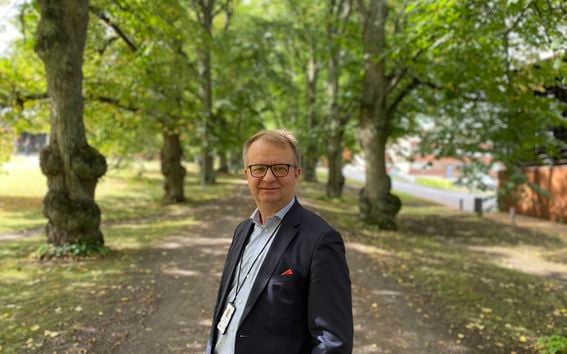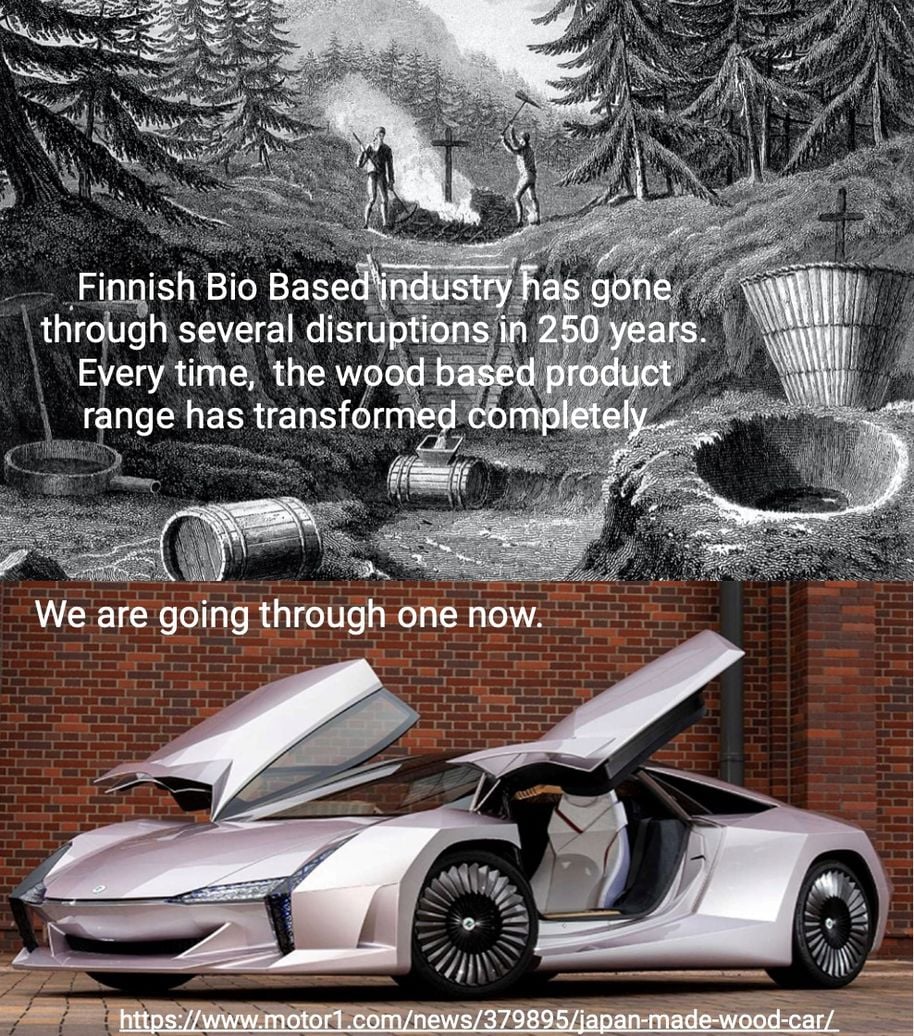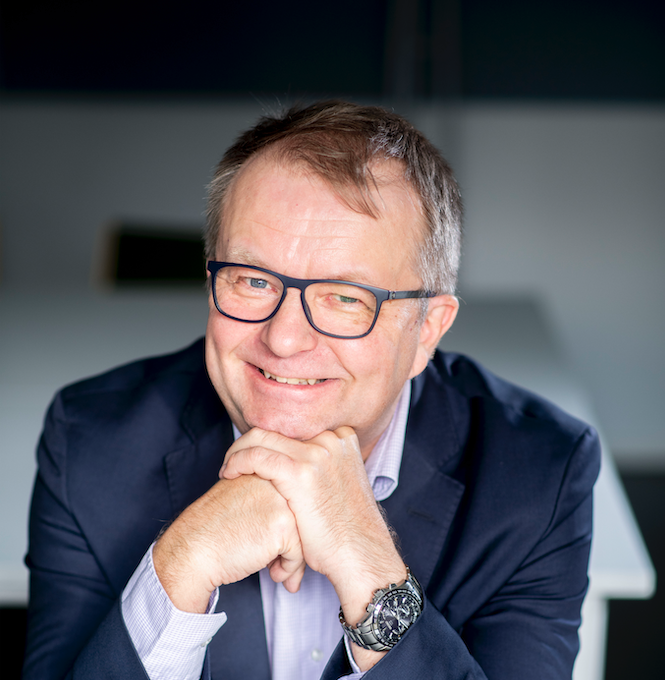Revolutionising the bio-based industry

What do you research and why?
I am doing research on cellulose fiber modification technology and new wood-based products.
The whole world right now is in the middle of a disruption that nobody even imagined a few months ago. I believe this change will accelerate the growing interest in sustainable and fossil-free products, materials and technologies. The forest industry and its products have a golden opportunity to be in the driver’s seat to lead the global fossil-free transformation. In this role, I feel privileged to have the opportunity to have a strong impact on shaping future products and technologies in the forest industry.
The forest industry itself—with all the new wood-based innovations being constantly introduced—is now in the middle of a similar transformation like in the mid-1850s, when wood fibre was introduced as a whole new raw material for paper production, replacing the prevailing paper raw material, the rag fibre from used cotton clothes. We definitely are living in interesting times in this industry!

How did you become a researcher?
I joined Valmet R&D after my master’s thesis work in 1993, and I was immediately blown away by the possibilities that research and innovation can have on the success of an individual product and eventually whole businesses. Since then, I really have fallen in love with the innovation and development of businesses and technologies.
What have been the highlights of your career?
I guess the top-most highlight of my entire career already happened in my first year of working for Valmet. In 1993, I invented in my Master’s thesis—together with my thesis supervisor—a whole new type of multinip calender, which replaced the existing 150-year-old supercalendering technology with a simple mechanical invention related to the roll stack structure of the calender. The calender (Valmet’s Opti Calender Multinip) rapidly blew away the competition—in the following years, the new calender became a billion-euro business for Valmet.
The other highlight was being nominated for Young Scientist of the Year in 2003 by Tekniikan Edistämisäätiö of the Ministry of Trade and Industry for the findings in my doctoral thesis. I guess the highlight there was my speech at Finlandia Hall for the front-row industrial elite of the Finnish economy.
Throughout my entire career and education, I have been privileged to work with very talented people and very interesting and challenging topics. I think this is also in a way an ongoing ‘30-year highlight’ as well!
What is required from a researcher?
That is a very good question because I’m just now starting to recruit my first post doc researcher (wink-wink 😊). Many things and approaches can make a good researcher. One can be a meticulous methodologist and the other an out-of-the-box innovator. The third one may be a fluent networker, absorbing ideas outside of his or her own area of expertise. In all aspects, it’s very important to have a self-reliant ‘get-things-done’ attitude. Obviously, a good real-life researcher is a combination of all of these qualities, with the ability to vary the approach depending of the phase of the research.
What do you expect from the future?
A 5-year contract is, of course, a short period of time in research. However, I’ll be happy if by 2025 some of our research topics and results have found a home in the industry in R&D projects and even in products and technologies. As my professorship is a shared resource between Aalto and XAMK Savonlinna, the target (especially in my position) is to support the industry of Southeast Finland with innovations and new businesses and by acquiring biotechnology talent to support the economy of the area.

- Published:
- Updated:
Read more news

Aalto in 2024: Love pictured in the brain, wooden crystals that make fashion shine, recovering minerals from wastewater and more
This year has been another feast of science and art at Aalto University
The City of Espoo and Aalto University signed a strategic agreement for a new five-year partnership period
The collaboration includes investments in the Otaniemi area, business and innovation activities, and efforts to integrate international talent.From coffee rooms to big crowds – Discussion is important in developing new lifewide learning content in Aalto
Craig Carlson is developing educational content for the target audience of lifewide learning, such as adult learners in working life.